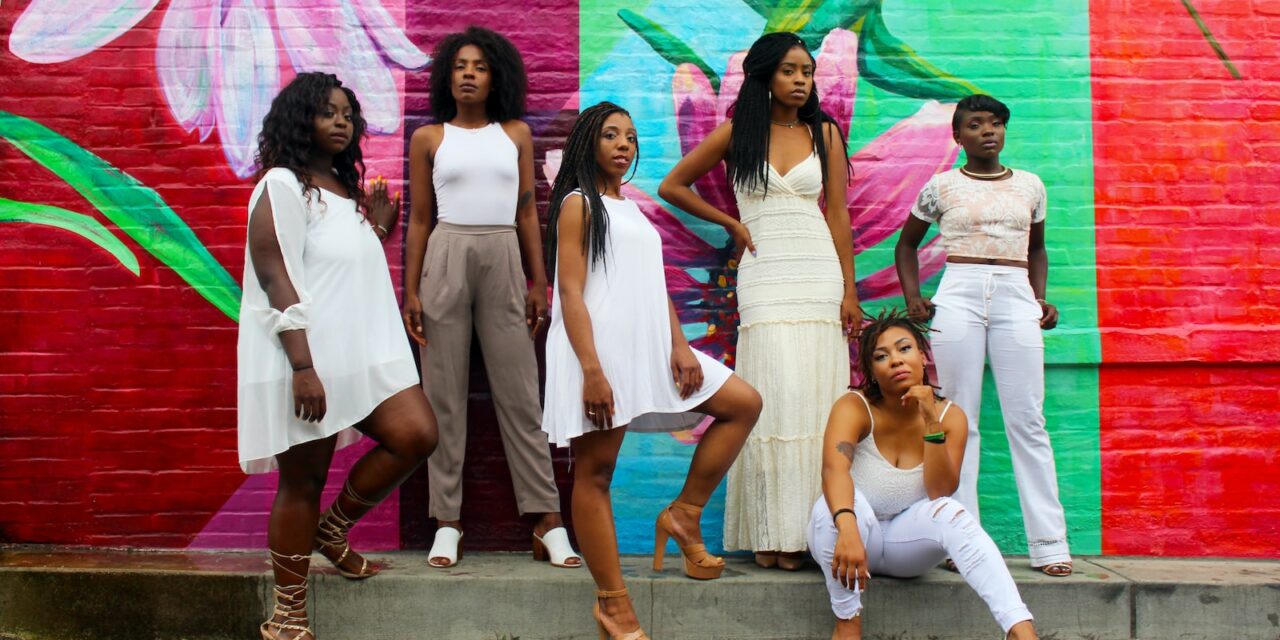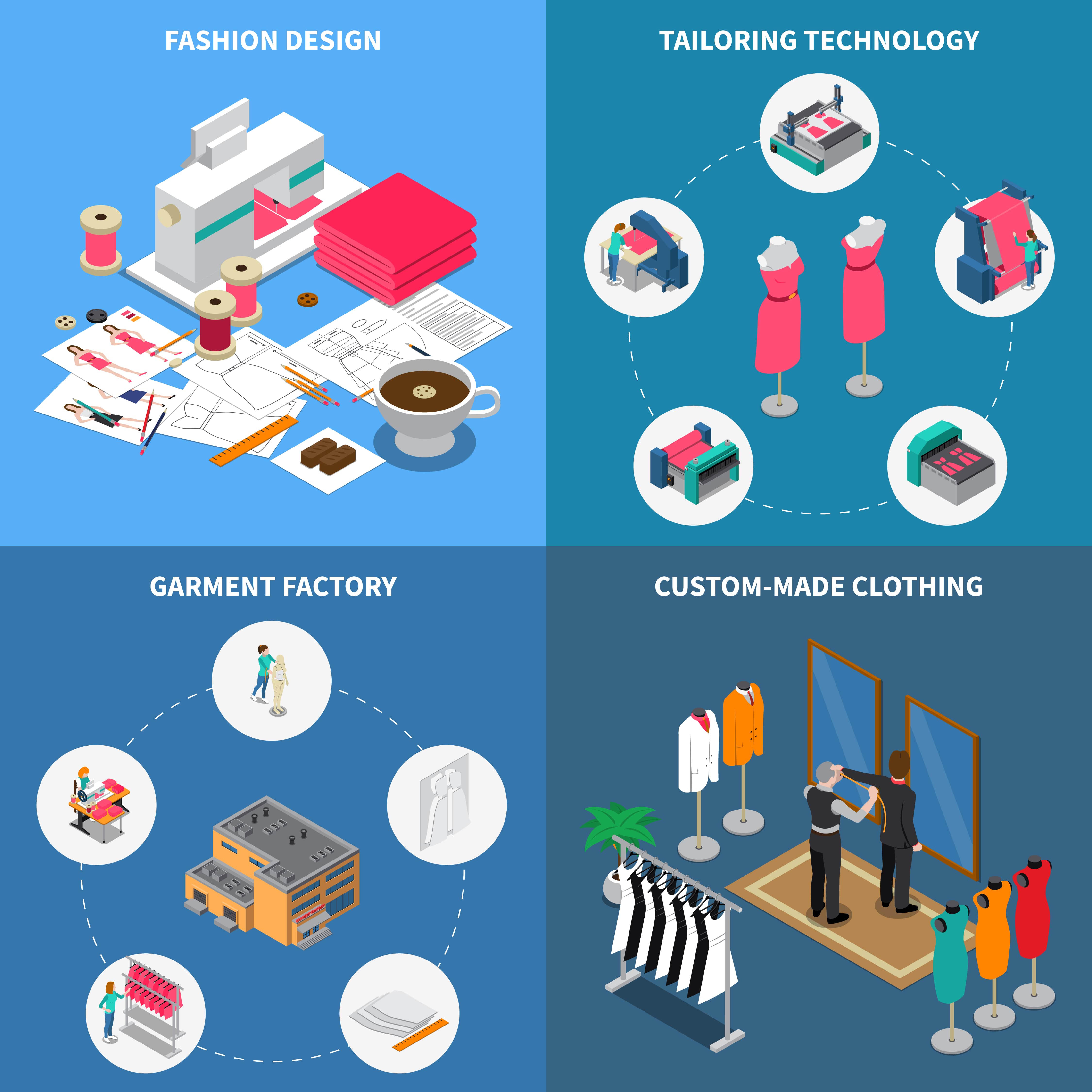Discover the secrets behind how fashion trends spread! Learn about influencers, consumer behavior, technology, and cultural influences. A must-read for fashion enthusiasts!
From Gucci loafers to mom jeans, fashion trends come and go. But have you ever wondered how these trends actually spread?
Is it the designers that dictate fashion trends or do consumers drive the style conversation? In this article, we’ll dive into the world of fashion and explore the various factors that contribute to the spreading of trends.
The Definition of Fashion Trends
A fashion trend is a particular style or clothing item that becomes popular within a certain period. It’s a prevailing tendency in taste, style, or mode of dress for a particular season or occasion.
These clothing items can range from statement accessories to bold prints and patterns, to entire outfit ensembles. Fashion trends are not limited to clothing alone but also extend to hair and beauty styles, as well as home decor choices.
For example, in recent times we’ve seen an increase in popularity surrounding houseplants and minimalistic home decor styles. These are all considered trends within their respective categories.
The Importance Of Understanding How Do Fashion Trends Spread
Understanding how fashion trends spread is crucial for anyone within the industry- whether designers, retailers or consumers themselves. For designers specifically, understanding how their creations become popular can help them better target their audience and create more desirable products.
Retailers can use this knowledge to forecast which products will be most popular with customers during any given season- ultimately impacting their bottom line positively. For consumers on the other hand understanding how fashion spreads can help make them more conscious buyers by allowing them to predict which items will be most trendy in upcoming seasons before investing in new pieces for their wardrobe.
it’s clear that understanding how fashion spreads has a vast array of benefits across all areas of the industry including design creation, retail forecasting and consumer purchasing decisions. Now that we’ve established what fashion trends are and why understanding them is important, let’s dive into the various factors that contribute to the spreading of trends.
The Role of Fashion Influencers
Definition of Fashion Influencers
In today’s digital age, anyone with a social media following and a distinct sense of style can be considered a fashion influencer. However, true fashion influencers are more than just style icons – they have the power to dictate what is “in” and what is “out” in the fashion world.
Fashion influencers are individuals who have amassed a large following on social media platforms like Instagram, TikTok, and YouTube through their captivating personality and unique sense of style. They often collaborate with brands and designers to create sponsored content that showcases new fashion products or collections to their audiences.
How They Influence Fashion Trends
Fashion influencers have become an integral part of the fashion industry because they help spread trends quickly across the globe. Through their massive followings, influencers can introduce new styles to their audiences who then adopt them and share them with others on social media. This cycle creates a ripple effect that can rapidly spread trends throughout different regions and demographics.
Fashion influencers also have the power to shape consumer behavior by promoting particular brands or products. When an influencer endorses a product or brand on social media, it can influence consumer perception of that product or brand, leading to increased sales.
Examples of Popular Fashion Influencers
Some popular fashion influencers include Chiara Ferragni (@chiaraferragni), who has over 24 million followers on Instagram; Aimee Song (@aimeesong), who has over 5 million followers; and Camila Coelho (@camilacoelho), who has over 8 million followers. These women have built strong personal brands through their unique sense of style and relatable personalities.
Their massive followings allow them to influence not only what people wear but also how they view themselves in relation to fashion trends. Fashion influencers play a vital role in shaping the fashion industry.
Their ability to spread trends quickly and shape consumer behavior makes them an invaluable asset for brands and designers looking to stay ahead of the curve. By partnering with fashion influencers, brands can reach new audiences and create meaningful connections with consumers who are passionate about fashion.
The Fashion Industry’s Role in Trendsetting
The fashion industry plays a significant role in setting and spreading fashion trends. Fashion houses and designers create new styles that are then adopted by the masses. High-end designers like Gucci, Chanel, and Louis Vuitton have the power to start new trends that trickle down to lower-end brands.
Runway shows and fashion weeks are crucial events for designers to showcase their latest collections and garner attention from the media, influencers, celebrities, and buyers. The clothes shown on the runway act as a preview of upcoming trends for the upcoming season, making these events essential for trend-setting.
Fast-fashion brands have also impacted trendsetting in recent years. These brands specialize in creating trendy clothing at an affordable price point that is accessible to a larger audience.
They closely follow what is happening on the runway and quickly replicate those looks at a more affordable price. This enables consumers to participate in current trends without breaking the bank.
Consumer Behavior and the Spread of Trends
Fashion trends are not set by designers or influencers alone; consumers play an important role in the spread of trends. A trend can only become popular if a large number of people adopt it. The speed at which a trend spreads is largely determined by consumer behavior.
The Adoption Curve: Innovators, Early Adopters, Early Majority, Late Majority, Laggards
Consumer adoption of new fashion trends follows what’s known as the adoption curve. Innovators are the first to try new trends while the early adopters follow soon after.
The early majority adopts a trend once it has gained some visibility and social proof. The late majority adopts the trend when it is already quite popular, while laggards are those who are hesitant to try anything new.
Understanding where a particular fashion trend falls on this curve can help brands and designers predict its success rate. Brands often target innovators and early adopters with their marketing campaigns since they are most likely to try something new.
Social Proof and the Power of Peer Influence
Social proof is another behavioral factor that influences consumer adoption of fashion trends. People often look for confirmation from others before trying something new; they want to know that it’s socially acceptable before investing time and money into adopting a new style. The power of peer influence cannot be underestimated in the world of fashion.
A person may be more likely to try a new style if they see someone else wearing it successfully or receive compliments on their outfit. Social media platforms like Instagram have amplified this effect: users frequently look to influencers for inspiration on what to wear next.
The Impact of Social Media on Consumer Behavior
Social media has changed the way consumers interact with fashion trends altogether. With just a few clicks, users can access thousands of images featuring different styles worn by real people all over the world. This instant access has made it easier for consumers to discover new trends and adopt them at a faster rate.
Social media platforms like Instagram have become an important tool for fashion brands and influencers to reach new audiences. In some cases, social media has even replaced traditional advertising campaigns.
Brands can create a buzz around their products by collaborating with influencers who have large followings on these platforms. Understanding consumer behavior is critical when it comes to predicting the success of fashion trends.
Brands and designers must take into account the adoption curve, social proof, and peer influence when launching new styles. With the rise of social media, it’s more important than ever for brands to understand how consumers interact with trends online.
Cultural Influences on Fashion Trends
Fashion is not only influenced by designers and consumer behavior, but also by cultural factors such as historical events, regional differences, and pop culture. Understanding these cultural influences is crucial to predicting the direction of fashion trends.
Historical events that have influenced fashion trends
Historical events have had a significant impact on fashion trends throughout history. For example, in the 1920s, the rise of women’s rights and a more liberated lifestyle led to the popularity of shorter hemlines and looser clothing.
In the 1960s, the counterculture movement influenced fashion with bell-bottom pants and tie-dye shirts becoming popular. Today, there has been a resurgence of vintage styles from past decades such as 90s grunge style or 70s bohemian looks.
Regional differences in fashion preferences
Fashion preferences can vary significantly based on geographic location around the world. For example, traditional African prints like Ankara have become trendy globally in recent years because of their vibrant colors and bold patterns.
In Japan, streetwear is incredibly popular with brands like A Bathing Ape (BAPE) leading this trend. And in Europe, there is an appreciation for classic styles like tailored suits and trench coats.
In addition to geographic location influencing fashion preferences, certain countries also have specific dress codes that impact how people dress for different occasions. For example, many countries require conservative dress for religious reasons or cultural traditions.
The impact of music and other forms of pop culture on fashion
Pop culture has always had an immense influence on fashion trends as fans look to emulate their favorite musicians or actors. Iconic looks from Madonna’s “Like A Virgin” outfit to Britney Spears’ schoolgirl uniform have become legendary moments in pop culture history that still influence today’s style choices. In recent years, social media platforms like Instagram have also become a significant influencer in pop culture and fashion.
With influencers sharing their daily outfits and partnering with brands to promote clothing items, social media has become a new avenue for trendsetting. Cultural influences play a significant role in the direction that fashion trends take, and understanding these factors is essential for anyone seeking to predict the next big thing in fashion.
The Impact Of Technology On Trend Spreading
The role played by e-commerce platforms in spreading trends.
One of the most significant ways technology has impacted the fashion industry is through the rise of e-commerce. Online shopping has made it easier for consumers to access a wider range of styles and trends without leaving their homes.
E-commerce platforms, such as Amazon and Zalando, have made it possible for consumers to shop globally, leading to a more diverse fashion landscape. Moreover, many brands are now exclusively operating on e-commerce platforms like Asos and Boohoo.
These brands have become leaders in fast fashion, introducing new styles at an unprecedented pace. This constant influx of new styles not only helps keep consumers interested but also drives new trends.
The use of data analytics to predict future trends.
Data analytics plays an essential role in predicting future fashion trends. Brands can analyze social media user behavior patterns such as likes, shares, and comments to determine which styles are resonating with their audience. They can use this data to spot emerging trends before they become widespread.
Moreover, data analytics can also help retailers predict demand for certain products or styles based on previous consumer behavior patterns. This allows them to optimize supply chain management and ensure that they have enough stock on hand when a trend starts gaining traction.
How technology has made it easier for people to access information about new styles.
In today’s digital age, access to information is now faster than ever before. Social media platforms like Instagram and Pinterest have become significant sources of inspiration for those who want to stay up-to-date with the latest fashion trends. Fashion bloggers and influencers share outfit ideas that quickly go viral across social media channels.
Moreover, many brands also utilize their social media accounts as a way of showcasing upcoming collections or advertising new arrivals. Consumers can follow these accounts easily on their smartphones or tablets, making it easier than ever to stay informed about new fashion trends.
Conclusion
Technology has had a significant impact on the fashion industry, from the rise of e-commerce to data analytics and social media. E-commerce platforms have made it easier for consumers to access a wider range of styles and trends, while data analytics helps retailers predict future trends. Social media has also played a significant role in spreading fashion trends, allowing fashion bloggers and influencers to share their ideas with millions of people worldwide.
The future of technology in fashion is exciting, with new developments such as virtual reality fitting rooms and 3D printing changing the way we shop for clothes. As technology continues to evolve, it’s clear that it will remain an essential factor in shaping the fashion industry for years to come.
Conclusion
Fashion trends are an ever-evolving phenomenon that has fascinated individuals for centuries. Understanding how fashion trends spread is crucial for anyone in the fashion industry, from designers to marketing professionals.
It helps them stay ahead of the curve by predicting which trends will be popular and planning accordingly. In this article, we explored the various factors that influence the spread of fashion trends.
From the role of influencers and trendsetters like fashion houses and designers, to consumer behavior and cultural influences, it is clear that there are many moving parts to consider. We also saw how technology has played a vital role in spreading fashion trends globally.
Social media platforms have become a powerful tool for sharing ideas and information, while e-commerce sites have made it easier than ever for consumers to access new styles. Understanding how fashion trend spreads can be both challenging yet rewarding.
By keeping these factors in mind, we can gain insights into what drives people’s choices when it comes to clothing and ultimately create designs and marketing strategies that resonate with our target audience. Whether one is a designer or simply interested in staying on top of current trends, having an awareness of these factors will undoubtedly be useful in navigating the exciting world of fashion.










